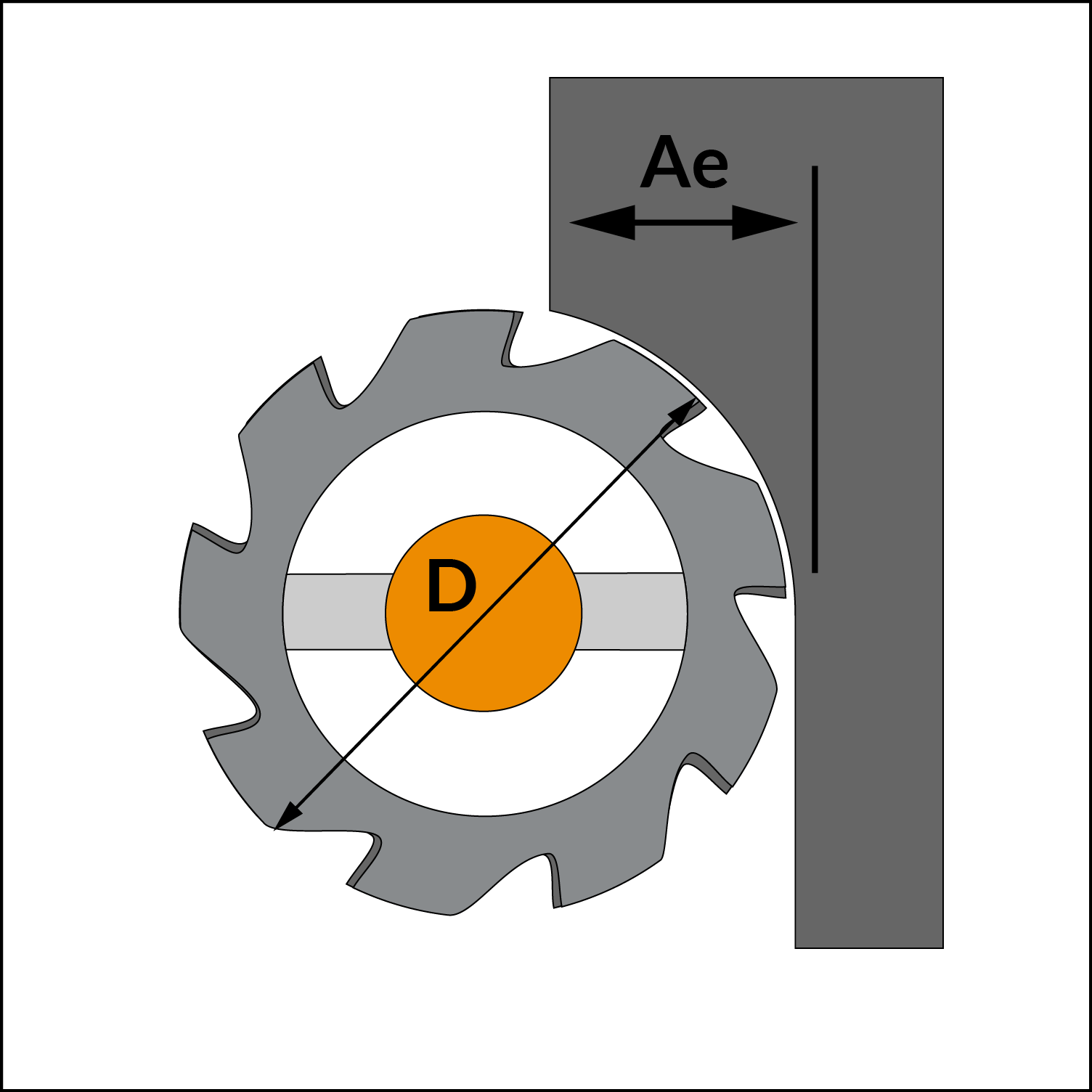
The tool's travel distance during a single spindle revolution is referred to as the feed rate. It is referred to as the cutter feeding speed. It is expressed in terms of turning distance per revolution.
Considerations for Feed Rate in CNC Machining:
Machinists consider the following factors while determining the workpiece's optimal value:


Vf : Table Feed [mm/min or Inch/min]
Fn : Feed per revolution [mm/rev or Inch/rev]
Fz : Feed per Tooth [mm/tooth or Inch/tooth]
n: Spindle Speed [RPM]

Feed Rate = RPM x N x CL
Definitions:According to the tool geometry and application settings, the Chip Thinning factors ensure that the actual Feed per Tooth [Fz] will retain the required Chip Load.


RCTF: Radial Chip Thinning Factor
WOC: Radial Width of Cut
D: Diameter of Cutter
RCTF small calculator




(If your Vc is in m/min units use 1000 instead of 12 in the above formula)
